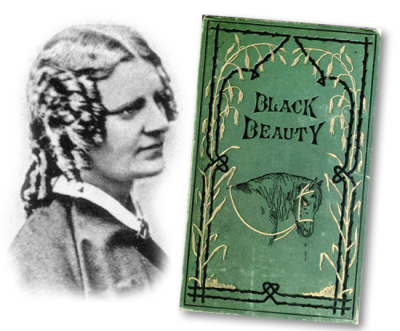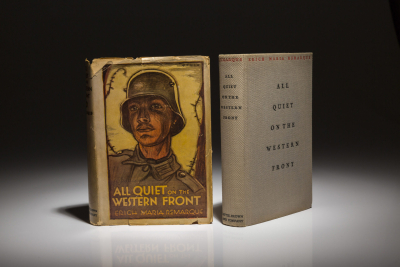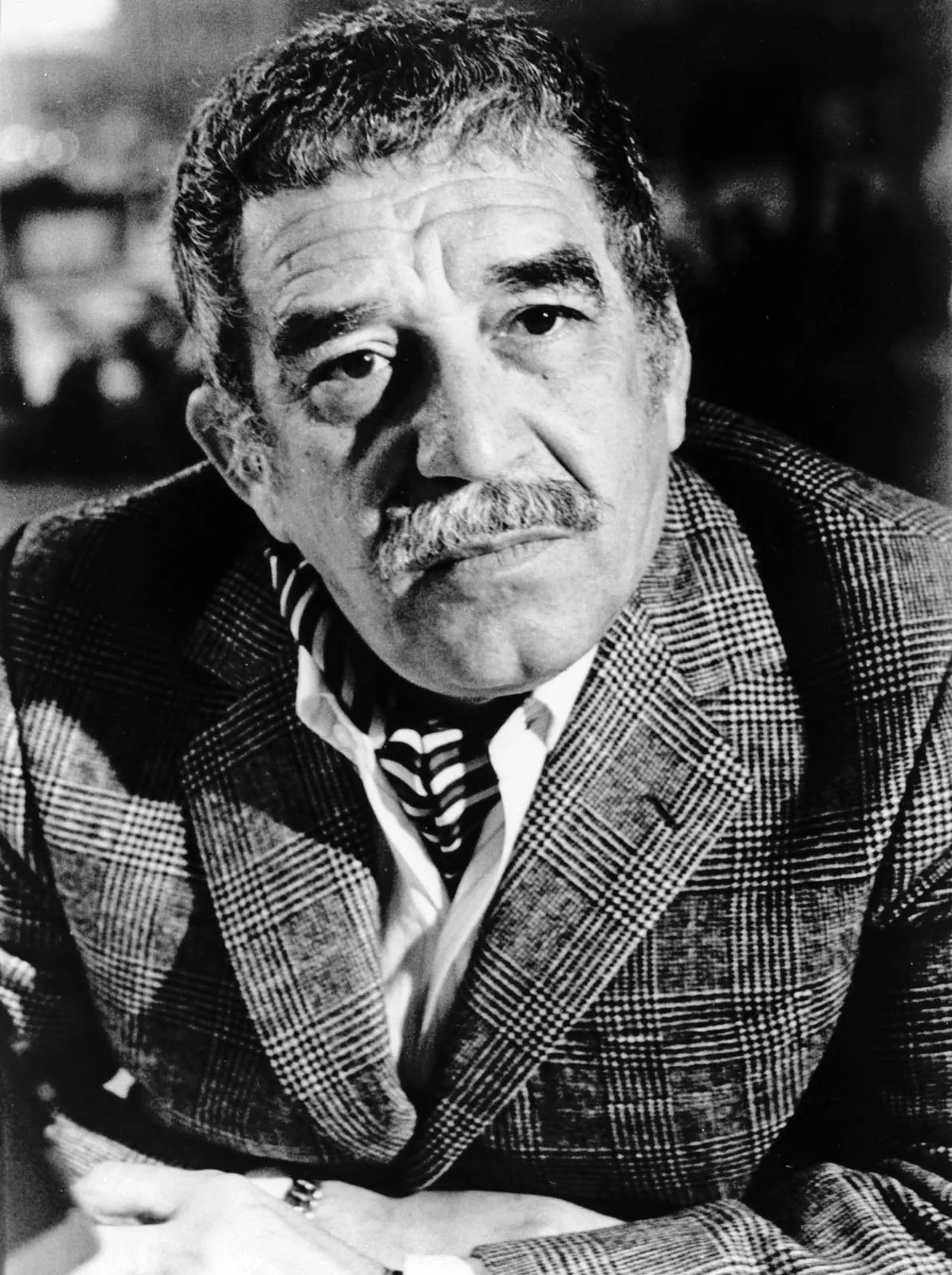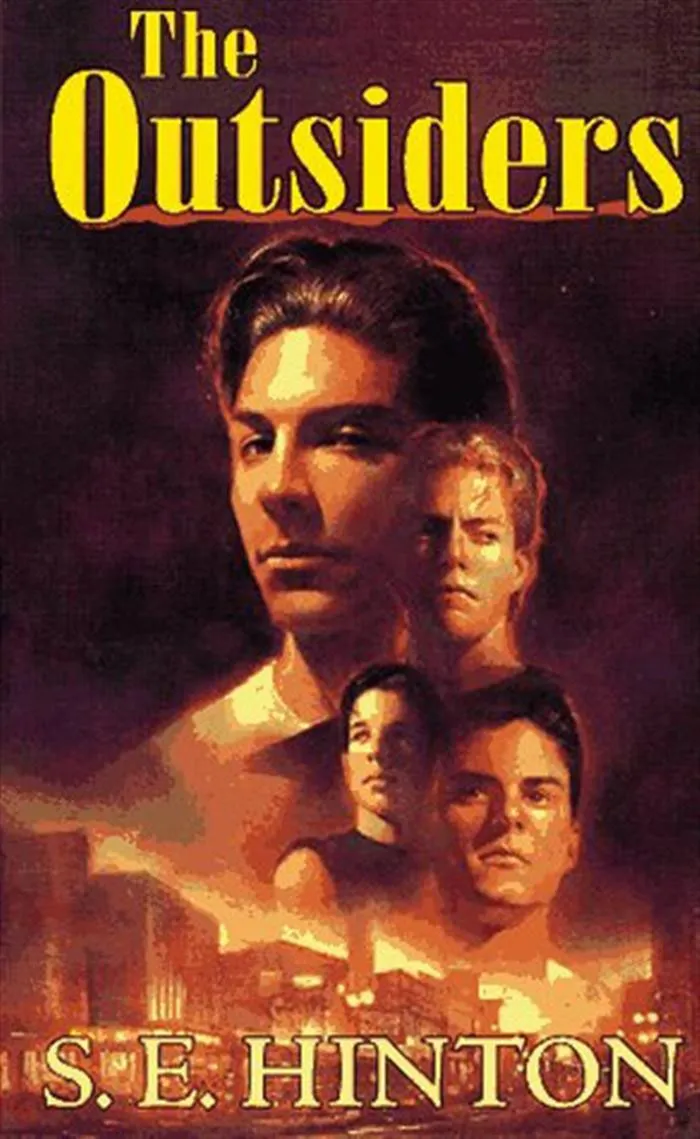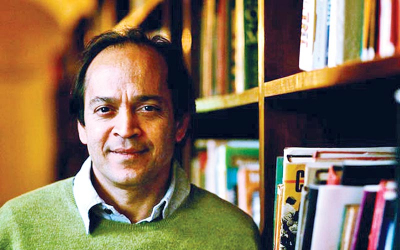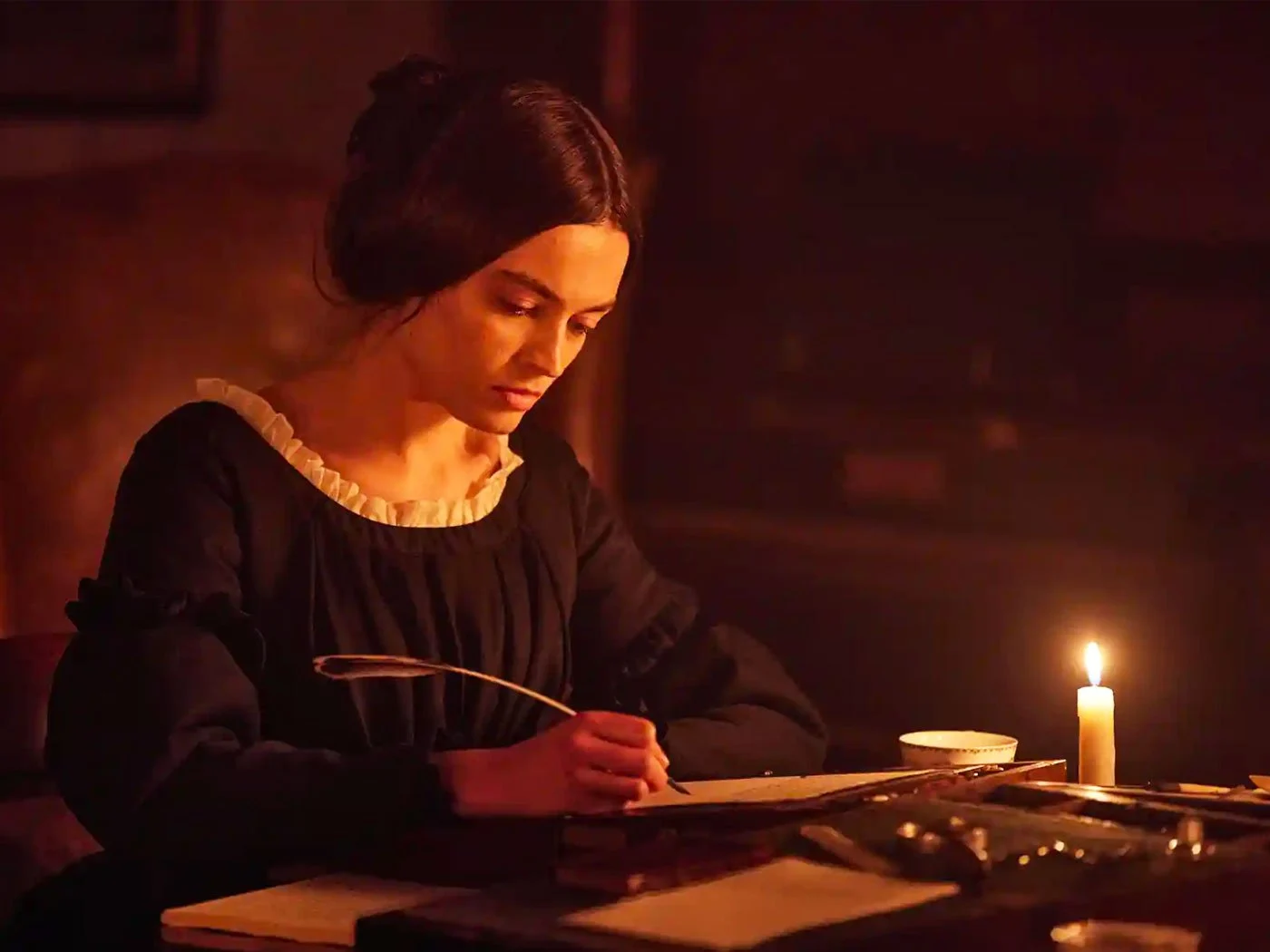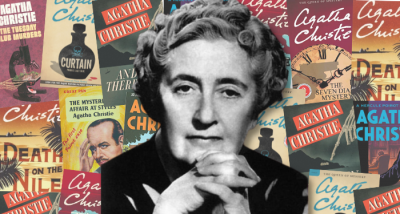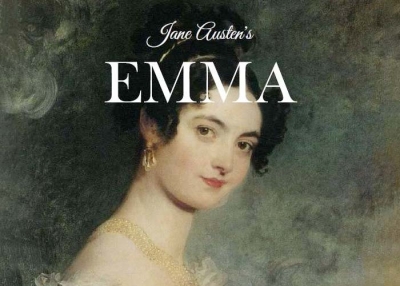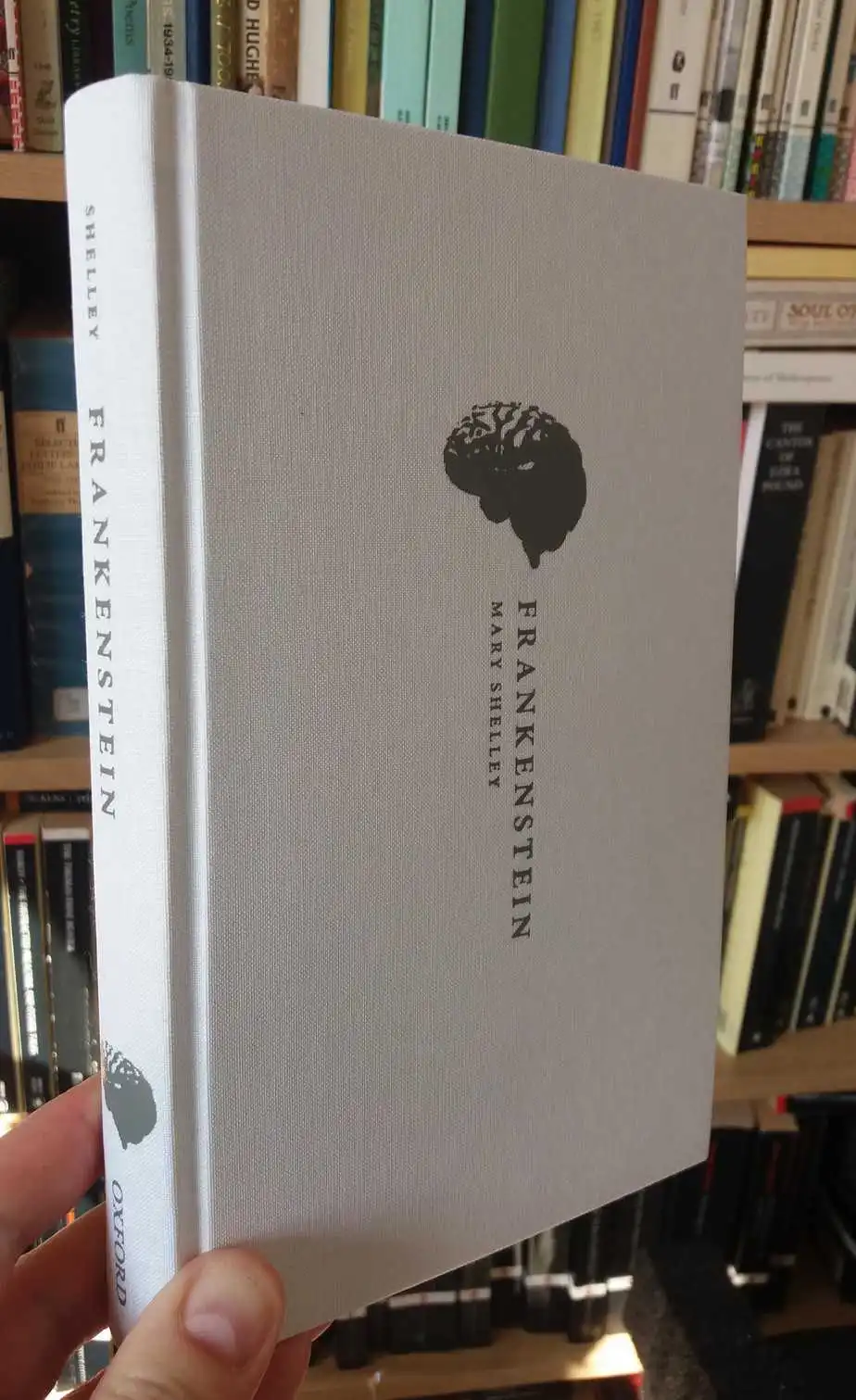Who was Rudyard Kipling?
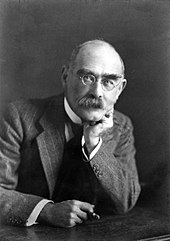
Rudyard Kipling was part of every child's growing up years in India. His mastery over storytelling and crafting poetry was such that he became a hit with both children and adults. Read up on the author whose birth anniversary was recently celebrated.
Remember the legend of Mowgli? The long-haired orphan boy raised in the wild by the animals? As Mowgli adventured in the woods and learned the ways of the wild, a part of us was also travelling with him, joining in his escapades. That was the magic wielded by Rudyard Kipling which made him one of the most loved children's writers. Needless to say, "The Jungle Book" (1894) was synonymous with one's childhood.
Kipling was part of every child's growing up years India. His mastery over in storytelling and crafting poetry was such that he became a hit with both children and adults. Children grew up listening to stories he wrote, whilst adults knew his poems by heart.
Early years
Born in Bombay in 1865, Kipling's father John Lockwood Kipling was an artist. His mother was Alice Macdonald. His parents belonged to Anglo-Indian society. Kipling was relocated to England when he was small, a journey that made his childhood traumatic. He was sent to a foster home in England. He even wrote about this traumatic period in the semi-autobiographical short story titled "Baa Baa Black Sheep" (1888).
Kipling was educated in England at the United Services College, a boarding school in Westward Ho, North Devon, England. He then returned to India when he was 17 to pursue a career in journalism which he started off as the assistant editor of the Civil and Military Gazette at Lahore. Meanwhile, "Departmental Ditties" (1886), a verse collection, marked the start of his literary career. He also published stories based on British lives in India. Thus was born "Plain Tales from the Hills" (1888). It was the first collection of short stories by Kipling. In 1888, he joined another publication Allahabad Pioneer.
His body of work spanned different genres, and styles, be it poetry, short-story or novel. His early volumes of short stories were set in India. He appealed to the masses and was a celebrated writer during his time. One of his poems that is often revered by both adults and children is "If" which is considered a classic. The poem is believed to have been inspired by Leander Starr Jameson, a British colonial politician. Kipling is also noted for his stories and poems about British soldiers in India.
Although Kipling published several short-story collections and poetry collections, his most famous novels were published in the 1890s and later. In 1892, Kipling married Caroline Balestier after which he moved to Vermont. It was while in America that he published the much-acclaimed "The Jungle Book" (1894). His novel "Kim" (1901) which is themed around an Irish orphan in India, is one of his most famous works. The sequel to 'The Jungle Book", "Second Jungle Book" (1895) is another celebrated work of his. Other noted works include "Captain Courageous" and "The Light that Failed".
Some of his famous poems are "The Ballad of East and West," "Danny Deever,""Tommy," and "The Road to Mandalay". "Just So Stories" is yet another well-loved series by Kipling. These stories were in fact written for his own children. The stories are meant to be read out aloud and were noted for their intriguing, playful language that would appeal to the children. His last work for children was "Puck of Pook's Hill" and its sequel, "Rewards and Fairies".
Did you know that Kipling also got a Nobel prize in literature in 1907? He was the first Englishman to receive it! In 1902, Kipling moved to Sussex and lived there until his death.He passed away in 1936 and was buried in Westminster Abbey.
Picture Credit : Google
